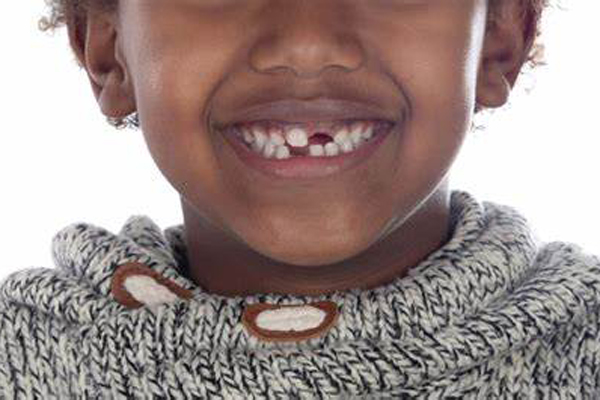Prime
Before you extract your child’s teeth

What you need to know:
- Many parents are comfortable extracting a child’s milk teeth even when it is not yet time for them to shed. Here is what you should consider extracting a child’s milk teeth.
‘After all, they are milk teeth, others will grow,’ is a phrase dentists hear a lot. Many parents are comfortable extracting a child’s milk teeth even when it is not yet time for them to shed. Here is what you should consider extracting a child’s milk teeth.
1. The teeth are actually necessary for chewing. If the child’s teeth are extracted prematurely, it will affect their ability to chew well.
2. Milk teeth are replaced by permanent teeth and they do not erupt at the same time. There is a sequence to it and this process can last from five to 12 years of age. So, milk teeth keep the space for the teeth that will replace them eventually.
3. Teeth move where there is space, especially if the space is in front of them.
Premature extraction, especially of baby molars will cause a forward movement of the permanent first molar (which usually comes out around six years) and reduce the space available for the permanent tooth that will replace it.
This will result in permanent teeth being impacted or erupting outside the arch, resulting in the need for orthodontic management.
Milk teeth with cavities can be restored by placement of fillings, and more invasive procedures such as pulpotomies and pulpectomies. These preserve the teeth long enough for them to be shed at their right time.
If the tooth cannot be restored, probably because of how badly damaged it is, it may be extracted and a space maintainer placed to avoid forward movement of the molars.
Dr Leticia Angoro
Dentist, IMC Kololo




